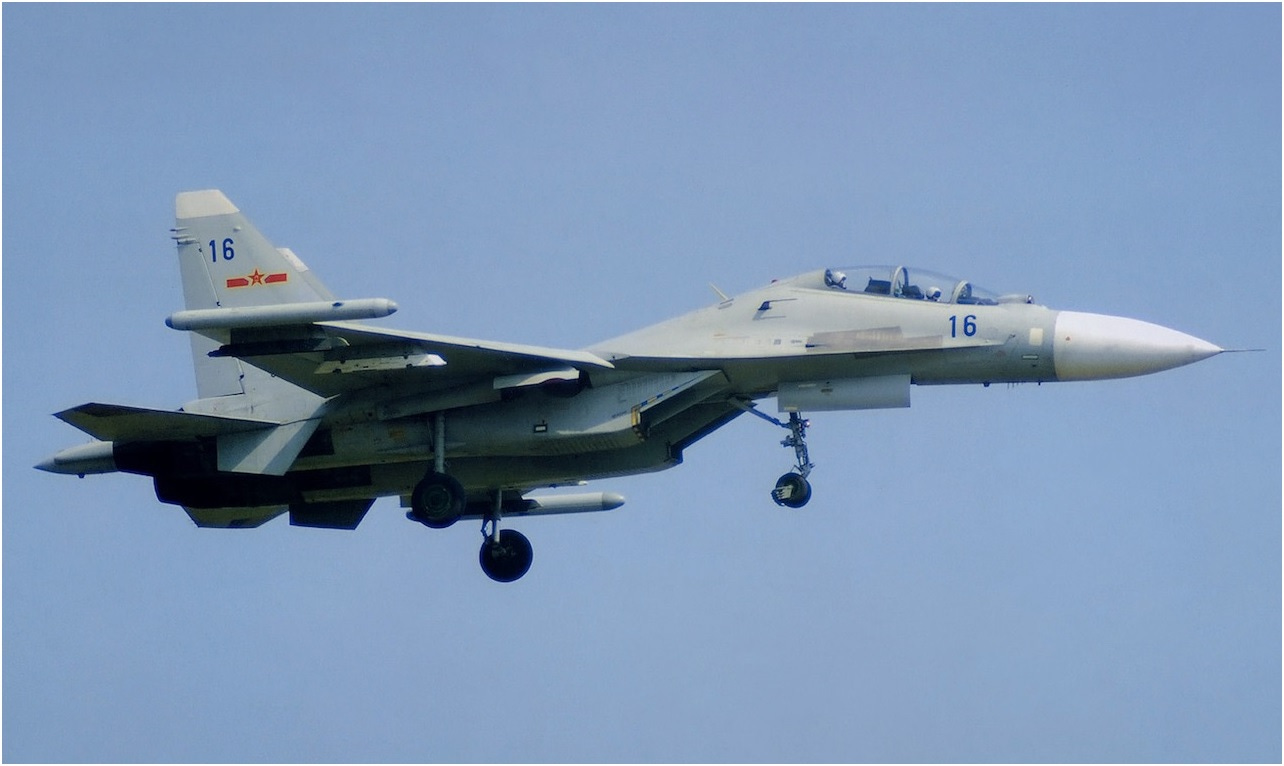Sinking Feeling About China’s Island Bases
The strips in the South China Sea were built quickly on reclaimed sand
By: Todd Crowell
It has been five years since Adm. Harry Harris, commander of the U.S. Pacific Command drew popular attention to China’s efforts to fortify half a dozen reefs and atolls in the Spratly island chain in the South China Sea with the pithy expression: China’s Great Wall of Sand. But that sand isn’t exactly stable, and there are real questions whether the airstrips the Chinese built might be sinking. No fighter jets have landed on them.
By the time Adm. Harris called attention to them, China’s determination to turn the reefs into islands complete with runways for high-performance aircraft was already pretty much accomplished. Attention was focused on three artificial islands: Fiery Cross Reef, Subi Reef, and Mischief Reef. Three others had been improved but without runways.
The islands in the Spratly chain are hotly disputed by six nations: Taiwan, Vietnam, the Philippines, Malaysia, and even tiny Brunei. The US takes no position on the claims but maintains that the islands are illegal. It reinforces this contention by sailing warships through China’s claimed 12-mile territorial waters without asking Beijing’s permission.
At the time of their discovery, there was much speculation as to the purpose of these fortifications. Perhaps they would be bases from which to police an Air Defense Identification Zone (ADIZ) over all of the Spratlys or at least to buttress China’s sovereignty over the entire South China Sea.
But at the moment at least, there are no aircraft to accomplish this mission. The three reefs have 3,000-meter runways that are large enough to accommodate high- performance jet fighters. Yet in five years, no Chinese jet has ever landed at any of the three airstrips. Because they may be sinking.



